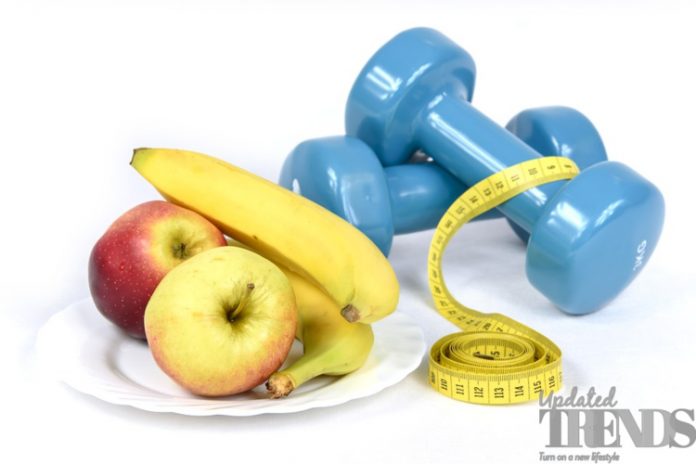Water retention a recurring problem?
The problem of water retention is common in many people and it occurs when excess fluids build up inside the body. It is also known as fluid retention or edema and is prevalent in the circulatory system or within the cavities or tissues. Some of the symptoms include swelling of the hands, ankles and legs. Losing water weight is a lot different from losing body fat. Here are a few ways you can lose some water weight from the body.
1. Drink more water – This might sound a little weird, but drinking more water helps to get rid of the excess water. The body is always trying to find a healthy balance, so if the body is hydrated, then the body will retain water so the body does not get too low on water at any point. Moreover, drinking the average amount of water everyday has many benefits.
2. Regular exercise – Working out helps the body to lose fluids. While exercising, the body shifts water in to muscles. As it is mentioned earlier, one must not stop or lower water intake during and post a gym session. Drinking plenty of water is basic for people who are working out.
3. Find ways to lower stress levels – Increased stress levels lead to an increase in the hormone known as cortisol and it has the same influence on fluid retention and water weight. So keeping stress levels in check is very essential as the cortisol and fluid balance have to be well maintained.
Related : 4 ways to reduce water weight without exercising
4. Get ample sleep – Getting adequate sleep is equally important along with eating healthy and getting regular exercise. Try to get a good night’s sleep of 7 to 9 hours to see the difference.
5. Salt intake management – The body needs the right amount of electrolytes that are loaded with vital nutrients like magnesium and potassium that helps to regulate water balance.
6. Proper diet – While you are dealing with water retention, it is essential to have potassium-rich foods. Consume more green leafy vegetables, beans, bananas, yogurt and tomatoes. Also make sure to go low on carbohydrates as they lower the insulin levels.
Photo Credits: Pixabay











